Tanzanite Gemstones
Tanzanite is a rare and captivating gemstone found only in the foothills of Mount Kilimanjaro in Tanzania. Known for its mesmerizing shades of blue and violet, tanzanite symbolizes transformation, clarity, and sophistication. Explore our collection of natural tanzanite gemstones and discover a jewel as unique as its origin.
shape
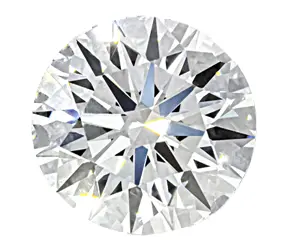
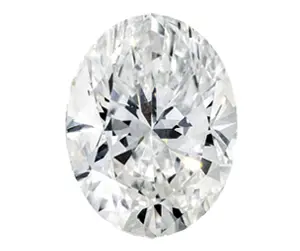



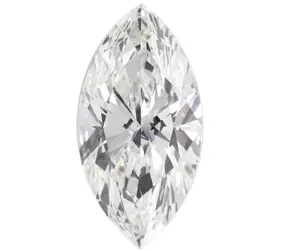
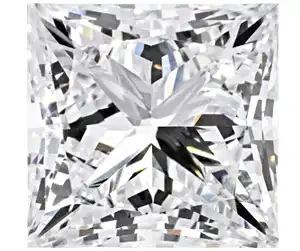
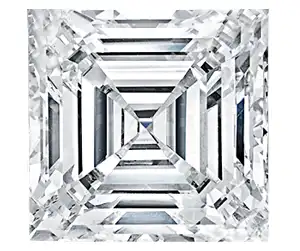
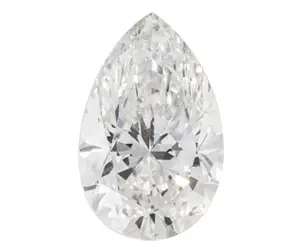


carat
price
viewed(0)
Design bespoke jewellery with tanzanite’s blue-violet glow
Create your custom piece with Flawless
Discover the captivating beauty of tanzanite and design a piece that’s uniquely yours. Schedule your appointment and let our experts bring your vision to life with this rare and remarkable gemstone.

The Discovery of Tanzanite: A Modern Gemstone Story
Tanzanite was discovered in 1967 near Mount Kilimanjaro in northern Tanzania by a local Maasai herder. The striking blue-violet crystals were soon identified as a new variety of zoisite. Recognizing its rarity, Tiffany & Co. introduced the gem to the world and named it “tanzanite” after its country of origin. This discovery marked the beginning of one of the most fascinating stories in modern gemology.
Tanzanite vs. Sapphire: What’s the Difference?
While both gemstones share captivating blue tones, tanzanite and sapphire differ in origin, structure, and rarity. Tanzanite, a variety of zoisite, is found only in Tanzania, while sapphire, made of corundum, is sourced from multiple regions worldwide. Tanzanite displays pleochroism, showing blue, violet, and burgundy hues under changing light, whereas sapphire maintains a consistent blue. Sapphire is harder and ideal for daily wear, while tanzanite’s unique color play and exclusivity make it highly collectible. Both stand out in fine jewellery — one for durability, the other for rarity and brilliance.
Tanzanite Gemstones - FAQs
Does tanzanite occur naturally in blue and violet shades?
Does tanzanite occur naturally in blue and violet shades?
Most natural tanzanite is brownish in its rough form and is heat-treated to achieve the vibrant blue-violet tones it’s known for. This enhancement is permanent, stable, and widely accepted across the jewellery industry.
Why does tanzanite show different colors?
Why does tanzanite show different colors?
Tanzanite displays a phenomenon called pleochroism, meaning it shows multiple colors — typically blue, violet, and burgundy — when viewed from different angles. This optical effect makes every tanzanite gemstone visually unique and highly desirable.
Are there different shades or grades of tanzanite?
Are there different shades or grades of tanzanite?
Yes, tanzanite occurs in a range of tones — from pale lavender-blue to deep royal violet. Gem dealers classify them as “A,” “AA,” and “AAA,” with AAA tanzanite showing the richest, most vivid saturation and highest clarity.
